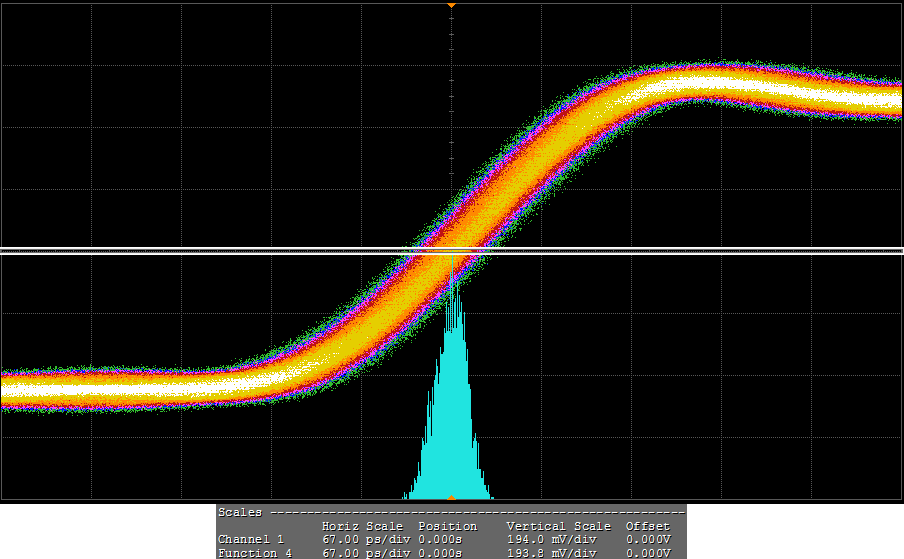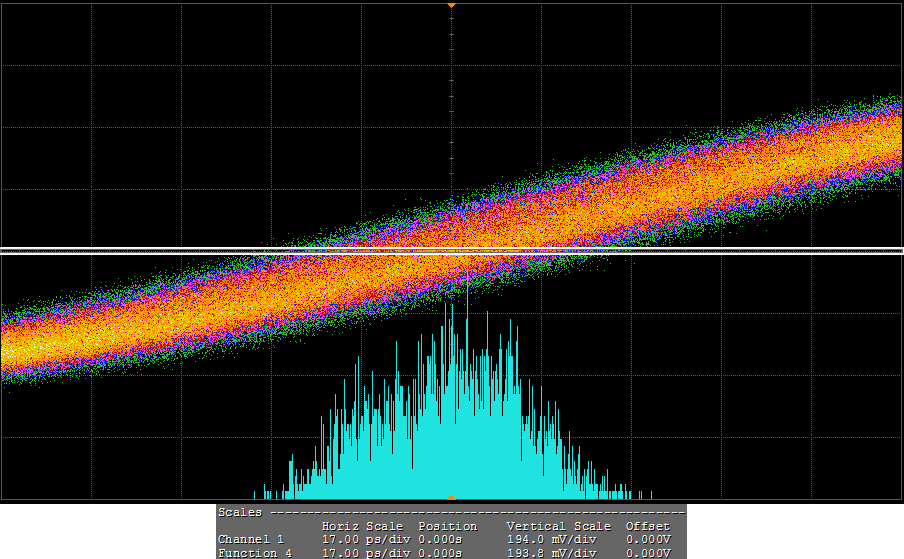Other Parts Discussed in Thread: LMK03318
I'm currently working to resolve an issue with an existing design that seems to be related to clock jitter. Specifically, I have a DLL in a video scaler ASSP that scales a reference clock to achieve different resolution timings, then that clock gets multiplied up by an FPGA DCM so the video data can be serialized. By the end of all that, there appears to be enough jitter to cause the video to drop out occasionally.
I'm looking to improve this, and I'm considering either adding a jitter cleaner after the FPGA DCM or replacing it with a jitter attenuating clock multiplier IC. The ratio in question is a fixed 1:7, and the input frequency can be anywhere from 20MHz to 150MHz (140MHz to 1.05GHz output).
I was looking at your LMK041xx family and experimenting with WEBENCH. When I put an input frequency of 150MHz and an output of 1.05GHz, it narrowed the options down to the LMK04133 (though I'm not sure I understand why just that one).
I'm still reading and learning, but I was hoping I could get some advice as to if this part will do what I'm hoping, and if I should be using it to scale the clock too, or just clean jitter.



